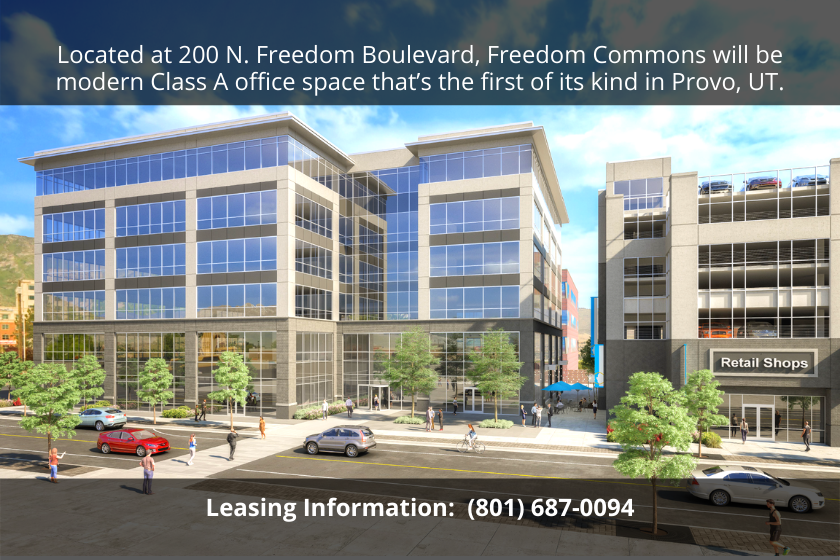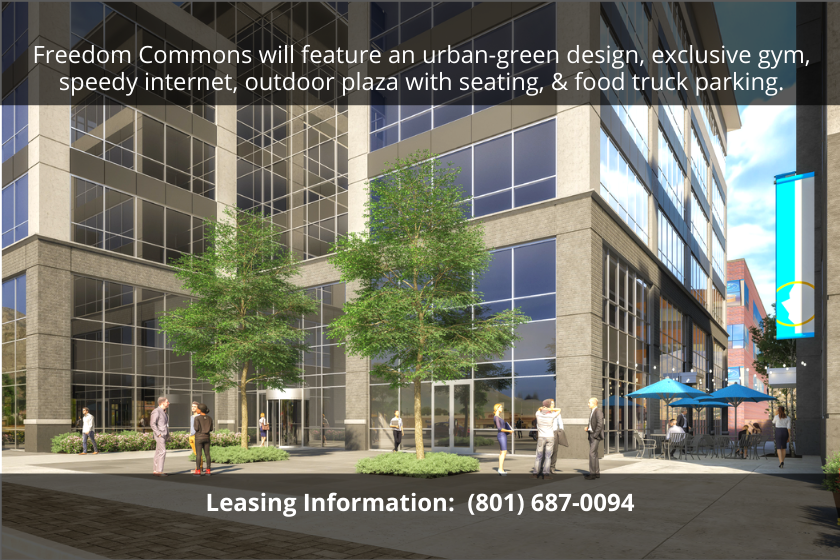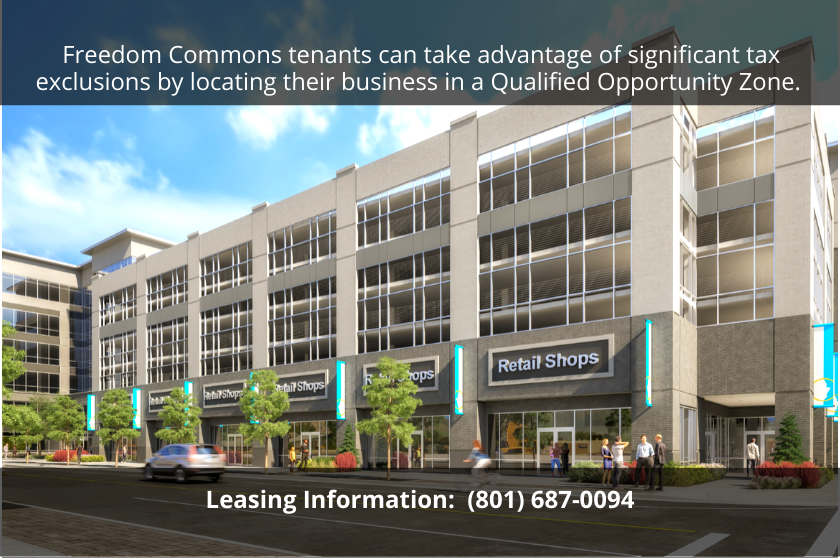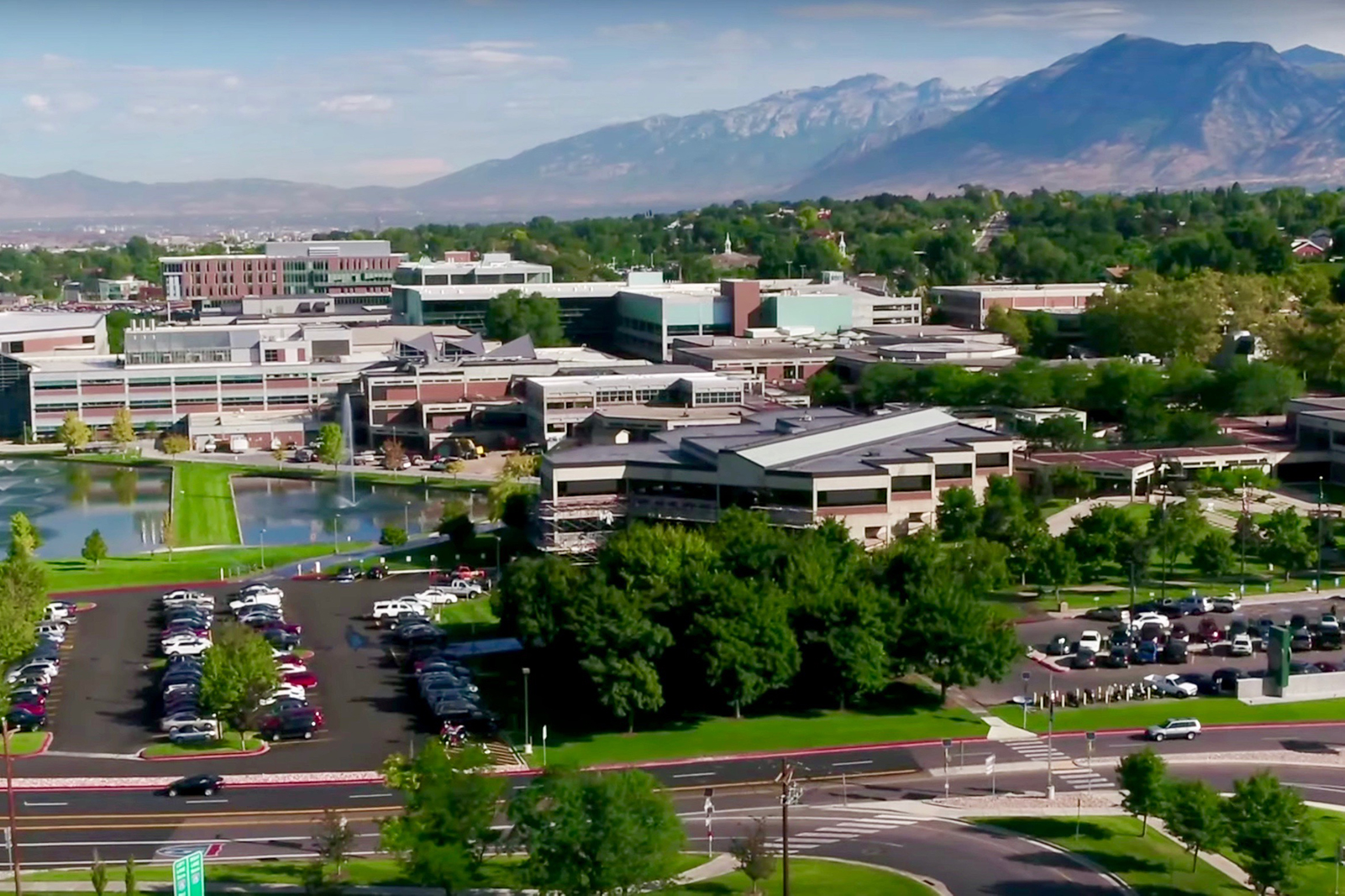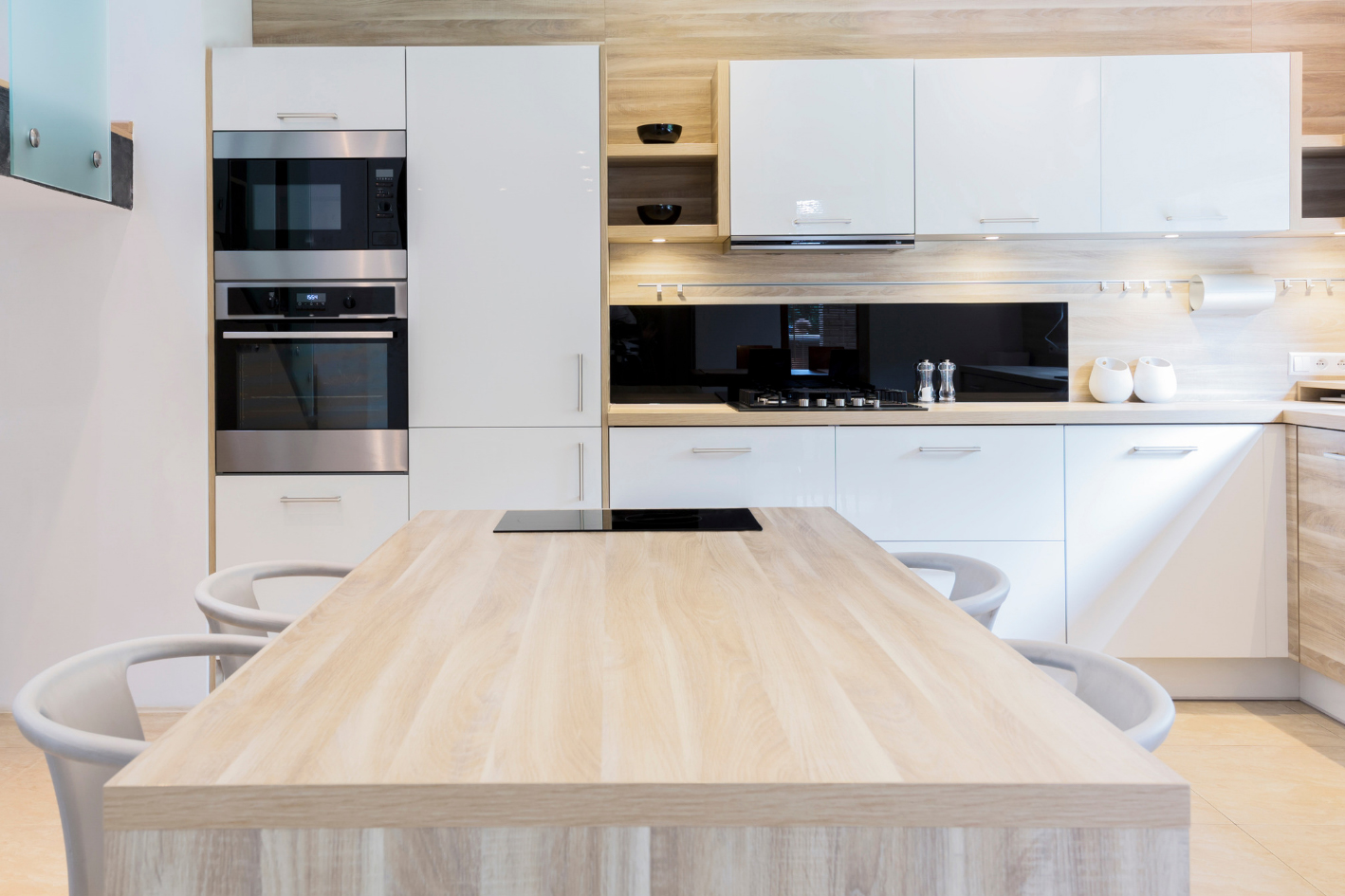There are few things more exciting to business owners and their employees than outgrowing their existing office space and starting to imagine a new one. It is an opportunity to fix functional and space problems that have been walling in their business, both figurative and literally. Office space trends like open work spaces, shared work spaces, and meeting nooks come and go, and part of the excitement is figuring out which space usage ideas best fit the needs of your business and employees. Difficult choices and decisions must be made in the process, and sometimes office spaces aren’t exactly what meets the eye. If you are looking for a new business space to lease, be sure to do your homework before you sign on the line, and first consider the following tips:
1) Pinpoint the Biggest Cost Culprits
Today, the greatest challenge we see for new small office tenants is the cost of physically transforming their newly leased space into the comfortable and functional office of their future. Understandably, most tenants do not have a lot of experience with construction. If they have not built out an office before, it probably seems simple: build some walls, put down some carpet, maybe splurge on a nice reception area, add furniture, and hang the ‘Open for Business’ sign on the door. But cost-conscious tenants should beware: as with construction costs in general, the costs for even the most basic tenant improvements continue to rise.
The biggest cost culprits that catch many new tenants by surprise are the things they don’t see: heating and cooling, plumbing, and electrical. Most tenants prefer triple net leases because they give tenants more control of their ongoing expenses, but to do so, the tenant’s space must have a dedicated HVAC system. This eliminates most economies of scale that would exist with a building-wide system. The costs of even basic HVAC systems are not inexpensive, and when those costs are being spread over only a few thousand square feet, it can really drive up the cost.
Electrical power can be individually metered, of course, but modern office spaces tend to require power to every surface, wall, corner, nook, and cranny. Add in data and other low voltage systems, and again, a lot of material ends up being built into a relatively small space.
Want that private bathroom? A sink in the lunchroom? Built-in cabinets? Fancier finishes? For the small office tenant, features like this might seem rather basic. But if the tenant is on a tight budget, they really need to think of them as amenities and make some hard choices. A good architect and contractor will help the tenant through that process.
2) Don’t Overestimate Tenant Improvement Allowances
So, won’t tenant improvement allowances cover most of these costs? The short answer is no. Most small office tenant improvement allowances offered in today’s market will help, but there will still be a sizable financial gap that is the tenant’s responsibility. Tenants also need to be prepared to pay all monthly construction costs through completion. Once paid in full, the landlord will then disburse the allowance to the tenant.
3) Explore Creative Solutions with Your Landlord
There are several things that tenants can do to make the numbers work. The first is to consider a longer lease term. If the landlord is confident the tenant will be in the space for 10 or more years, they will sometimes increase allowances. Some landlords might be willing to amortize some of the tenant’s cost responsibility into the lease rate, but this is effectively a loan from the landlord, and the tenant will probably end up paying a lot more in interest than they would if they took out a loan. Loans for tenant improvements are available from the SBA as well as some traditional banks and construction lenders. This may be the best option for many small office tenants, but it requires advanced planning. Closing a tenant improvement construction loan requires a lot of coordination between the tenant, the lender, and the landlord, so wise tenants will want to start looking for lenders as early as possible.
Giving your business room to grow can be a challenge, but with careful financial planning, realistic expectations, and collaborative effort with the landlord, it can become a reality. Currently, PEG Companies is working closely with a group of businesses ready to relocate to Freedom Commons, Provo’s newest innovative urban-green office building, pictured below. If are interested in leasing office space at Freedom Commons, call (801) 687-0094 for more information.

